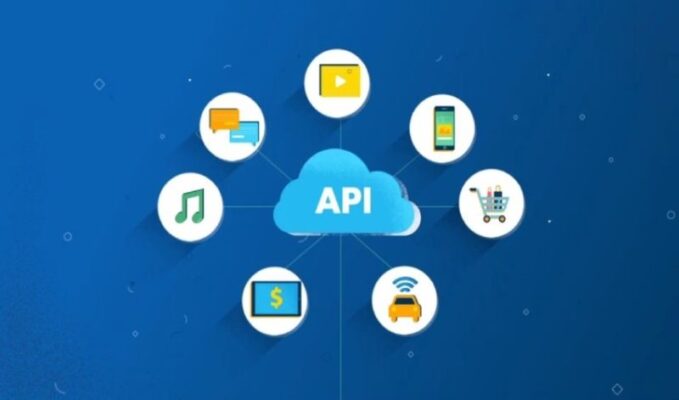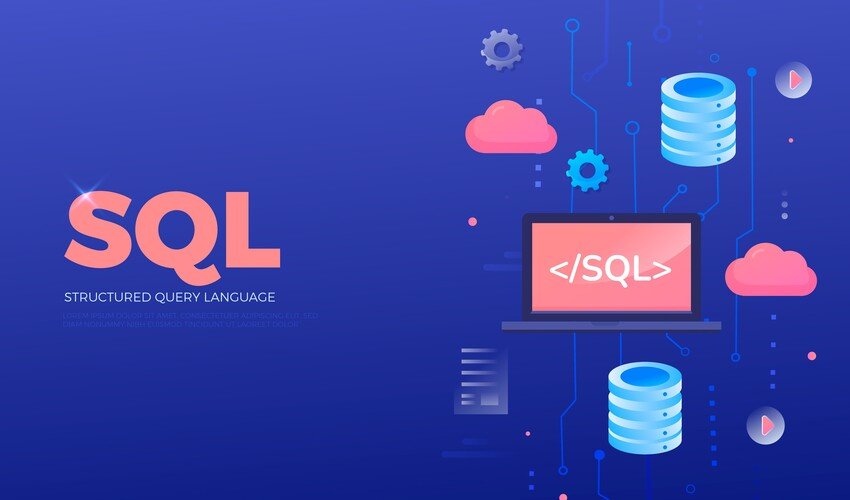API software architecture is a quickly evolving field. Along with the developments themselves, API designers have been busy documenting API design patterns—standards or best practices for API design—that can be used by the community. Unfortunately, standardized API design isn’t something that many developers understand very well. To their minds, API design might be arbitrary or a series of cases they must crack using totally new, undiscovered methods.
But adhering to standardized API design may relieve those worries and, ultimately, make API development smoother, easier, and more pleasant experience. This will be especially true on an API Design, Planning & Modeling Tool just for developers. If you’re one yourself, this is your opportunity to discover the joy of standardized API design basics.
Here are four reasons to brush up on the standards for URI nomenclature, HTTP methods, and the like. They could do a lot of good for your overall API development!
It Provides a Framework for Consistency
Picture a building that’s in the process of construction—perhaps it’s a school, a hospital, or a government building. Architects follow certain principles to ensure that such buildings are properly designed for their purpose. There’s a methodology for everything—this includes rooms, columns, and even windows. And having access to that methodology affords architects and construction specialists consistency in their work.
That kind of consistency can also be achieved in the software architecture of an API. Fellow devs can impart standardized resources in order to help you unlock a consistent API design approach.
It Guarantees Good DX
DX stands for “developer experience,” and it’s a crucial aspect of making an API. You’ll want the API’s consumer—either an outside developer or an engineer—to be pleased enough with the API to use it for themselves. That’s less likely to happen if you use a set of design methods that will render the API inscrutable to them.
Standardized API design can be a means to give the API a familiar look and feel. Your user will appreciate engaging with a seamless, intuitive API. That will demonstrate goodwill on your part and establish trust between you and your client.
It Speeds Up the API’s Implementation
Systems that standardize API design are also easier to work with. They can enable devs to code faster and more accurately. There will be fewer ambiguities or misunderstandings that pertain to naming URIs, using HTTP conventions, and so on. That will bring about fewer hiccups in API development and greater momentum for developers and engineers.
Delay is costly for API companies. So, the quicker and clearer the path to implementation is, the better. Standardized API design can be thought of as like a user manual that details the best way to assemble a product. Just like that user manual, standardized API design can help you assemble and release the API as soon as possible.
It Ensures Sustainability in the API’s Future
The benefits of standardized API design will last longer than the implementation proper. It will also be easier to maintain, update, or scale up the API if you subscribe to standardized API design.
A client will be more willing to accept the service if you can prove that it isn’t a hassle to keep. Help them avoid confusion—and the loss of their time and money—after they’ve integrated your product. Stick to safe, standardized API design patterns.
In summary, there are some compelling reasons to use standardized API design with your development team. Having one consistent “voice” or “style” in your approach will greatly help you in designing, executing, and eventually integrating the API with your clients.
Read Dive is a leading technology blog focusing on different domains like Blockchain, AI, Chatbot, Fintech, Health Tech, Software Development and Testing. For guest blogging, please feel free to contact at readdive@gmail.com.





